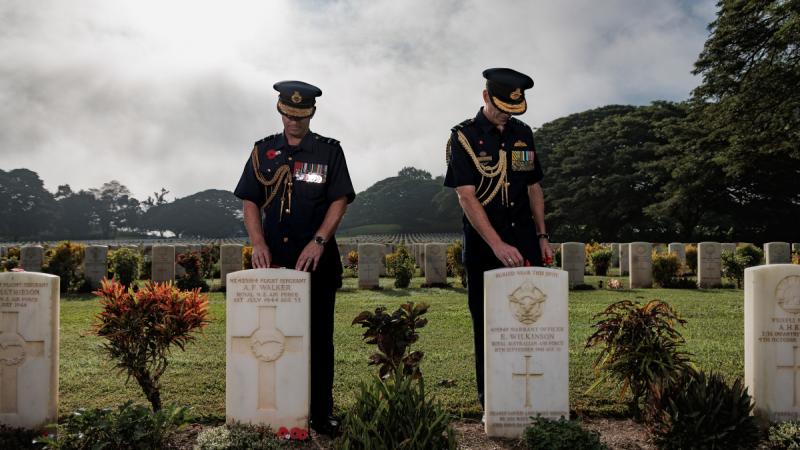The State Government has today released the settings that will apply to Western Australians when WA moves into a high COVID-19 caseload environment.
When WA will reach a high caseload environment, will be based on the State’s epidemiological and outbreak situation, and subject to the latest health advice.
In a high caseload environment, a new close contact definition will apply and new testing and isolation protocols will take effect.
The use of Rapid Antigen Testing (RAT) forms part of the new testing and isolation protocols once these come into effect, with PCR testing to continue in some circumstances. A registration system for positive RAT results will be in place with more details to be released ahead of these settings taking effect.
In line with the national approach, casual contacts will cease in WA – meaning casual contacts will no longer be subject to testing and isolation as a matter of course, however people who experience symptoms should get a PCR test immediately.
A close contact, in a high caseload environment, will be defined as:
- a household member or intimate partner of a person with COVID-19 who has had contact with them during their infectious period; or
- someone who has had close personal interaction with a person with COVID-19 during their infectious period, for example:
- had at least 15 minutes face-to-face contact where a mask was not worn by the exposed person or the person with COVID-19; or
- greater than two hours within a small room with a case during their infectious period, where masks have been removed for this period; or
- someone who is directed by WA Health that they are a close contact.
Updated testing and isolation guidelines, in a high caseload environment, will include:
- confirmed positive case
- self-isolate for a minimum of seven days; and
- at Day 7, if symptoms still present, continue isolating until symptoms clear; or
- if no symptoms after Day 7, you can leave self-isolation. No testing required.
- symptomatic close contact
- self-isolate for seven days from the date of contact with positive case; and
- take a PCR or RAT test on Day 1 or as soon as possible.
- if positive – follow positive case guidelines (as above).
- if negative – stay in isolation, take a RAT test in 24 hours and remain in isolation.
- if positive – follow positive case guidelines (as above).
- if negative – and no new household members have tested positive – take a RAT test again on Day 7, before ending isolation.
- asymptomatic close contact
- self-isolate for seven days from the date of contact with positive case;
- if symptoms develop, take a PCR or RAT test; or
- if positive – follow positive case guidelines (as above)
- if still asymptomatic, take a RAT on Day 7.
- if positive – follow positive case guidelines.
- if negative – and no new household members have tested positive – self-isolation ends after Day 7, and people should monitor for symptoms.
- symptomatic but not a close contact
- get a PCR test immediately and isolate until result returned;
- if positive – follow positive case guidelines (as above).
- if negative – you are not required to isolate but should stay home until symptoms clear.
- if you take a RAT, because a PCR test is unavailable:
- if positive – follow positive case guidelines (as above).
- if negative – continue to isolate and repeat RAT in 24 hours – if negative after this follow-up test, you are not required to isolate but should stay home until symptoms clear.
For more information including details about critical workers in a high caseload environment, visit
https://www.wa.gov.au
As stated by Premier Mark McGowan:
“New testing and isolating protocols are based on the latest health advice and will only come into effect when WA reaches a high caseload environment.
“Right now the virus is still at manageable levels for our robust test, trace, isolate and quarantine regime.
“There is no hard number of cases that define what a high caseload environment is – it could be days or weeks away – but it will be implemented on health advice.
“In NSW more than 20,000 daily cases were recorded before new definitions and protocols were put in place – we won’t be waiting for these caseloads to occur in WA before implementing the new settings.
“These settings are about balancing the community risk with the need to reduce the impact on businesses and Western Australians’ lives.
“With Omicron spreading through the community, everyone’s best protection is to get third doses.”
As stated by Health Minister Amber-Jade Sanderson:
“At the moment, we only have a small number of COVID-19 cases in our community, but with Omicron, we know that is unlikely to continue forever.
“These new protocols will be enacted when we reach a high caseload environment to ensure vital services and business can continue without significant furloughing of staff.
“Rapid Antigen Tests aren’t recommended until there is widespread community transmission – with PCR tests still required in Western Australia until we move to these new protocols.”







